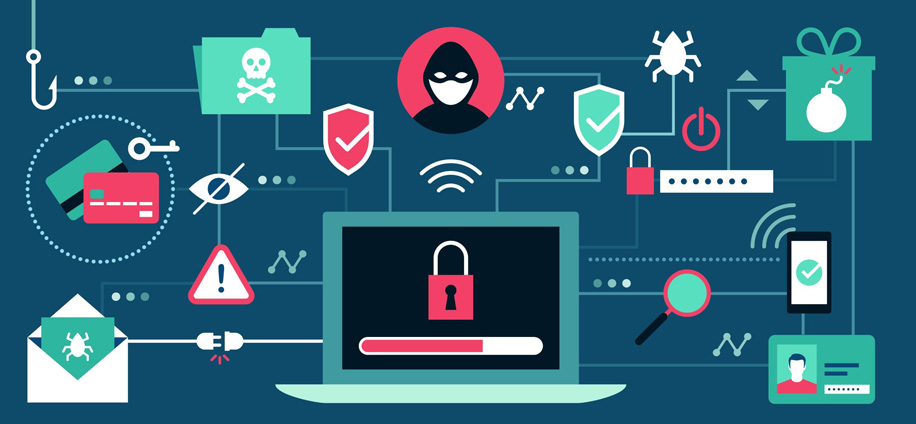Pseudonymity and Power: The Social Psychology Behind Darknet Aliases

Explore how pseudonymous identities shape behavior, influence, and power in the dark web’s underground economies—where names are masks, reputations are currency, and ego thrives without faces.
In the offline world, identity is tied to a face, a fingerprint, a legal record. On the dark web, identity is crafted—built from scratch using pseudonyms that carry no past, no fingerprints, and no nation. Yet somehow, these fabricated personas accumulate influence, command loyalty, and even become infamous.
Pseudonymity on the darknet isn’t just about staying hidden. It’s about projecting control. These aliases don’t just protect—they empower. With no body behind the name, only the name matters.
Pseudonymity vs. Anonymity
While often used interchangeably, pseudonymity and anonymity serve very different psychological and functional roles in the dark web ecosystem.
The Distinction
- Anonymity: Total erasure of identity—no name, no trace, no continuity
- Pseudonymity: A persistent, fabricated identity that’s not tied to the real world but still has reputation and presence
An anonymous user can say or do anything without consequence. A pseudonymous one can build trust, sell products, or lead communities—without revealing their true identity. The latter is far more powerful in darknet markets and forums.
The Rise of the Digital Persona
Whether it’s Dread Pirate Roberts of Silk Road fame, Pharma-Master, Alpha02, or Cicada3301, dark web legends are forged from strings of characters—aliases that carry more influence than many real-world names.
What Makes a Strong Alias?
- Memorability: Unique and repeatable without being easily doxxed
- Consistency: Maintained tone, style, and behavior across posts
- Mythos: Built on success stories, trusted deals, or high-profile debates
- Control of Narrative: Ability to address users, defend against allegations, and shape perception
Over time, some aliases become institutions—without a face ever attached
The Psychology Behind the Mask
The dark web offers a rare psychological condition: disembodied power. Users are free from the burdens of real-world status, appearance, or background. What remains is pure identity performance.
Motivations Behind Adopting Pseudonyms
- Freedom to Act Without Prejudice: Users are judged by content, not origin
- Fantasy and Aspiration: Becoming who one wishes they could be
- Moral Distancing: Easier to justify unethical behavior when it’s the alias, not the self, doing it
- Social Engineering: Some aliases are crafted specifically to gain trust or manipulate behavior
- Reinvention: Fleeing from real-life failure or surveillance into digital rebirth
Behind each pseudonym lies intent—not just to hide, but to exist differently.
Reputation as Currency
Pseudonymous users don’t need credit scores. They have feedback ratings, forum karma, and PGP-signed proofs. On the dark web, your name is your wallet.
How Trust Is Built
- Successful Transactions: Escrow completions and confirmed deliveries
- PGP Signatures: Authenticating continuity across messages and platforms
- Forum Engagement: Helping others, offering tutorials, and responding to disputes
- Consistency of Ethics: Even criminals have lines they don’t cross—and users notice
- Cross-Platform Identity Maintenance: Using the same alias across marketplaces and forums builds cross-domain trust
Lose the name, and you lose the power. Reputation isn’t portable if the alias disappears.
The Dark Side of Pseudonymous Power
While many aliases are built for commerce, others are constructed for manipulation, control, or chaos. Some become feared. Others corrupt themselves through ego or cruelty. And once-powerful names can implode publicly.
Common Downfalls
- Narcissism: Believing too deeply in the fiction, leading to risky behavior
- Public Feuds: Rivalries that expose operational security mistakes
- Scandals: Accusations of scamming, betrayal, or law enforcement collaboration
- Overreach: Getting involved in political movements or launching new markets and failing
- Reputation Poisoning: Enemies impersonate the alias on new platforms to cause confusion
What was once a weapon becomes a weakness when ego outweighs caution.
Death and Rebirth in the Alias Cycle
When an alias dies—through exposure, loss of trust, or arrest—the user often isn’t gone. They return under a new name, with a new persona, starting over.
The Cycle
- Alias gains traction: Reputation grows through steady activity
- Power accumulates: The name is feared or trusted
- Event triggers collapse: A scam, dox, or takedown
- Silence or rebranding: Alias is abandoned
- Reappearance under new name: Style or tactics may betray the connection
Some communities begin to spot patterns, but in most cases, the reset works. Digital death is temporary when the self was never fully present.